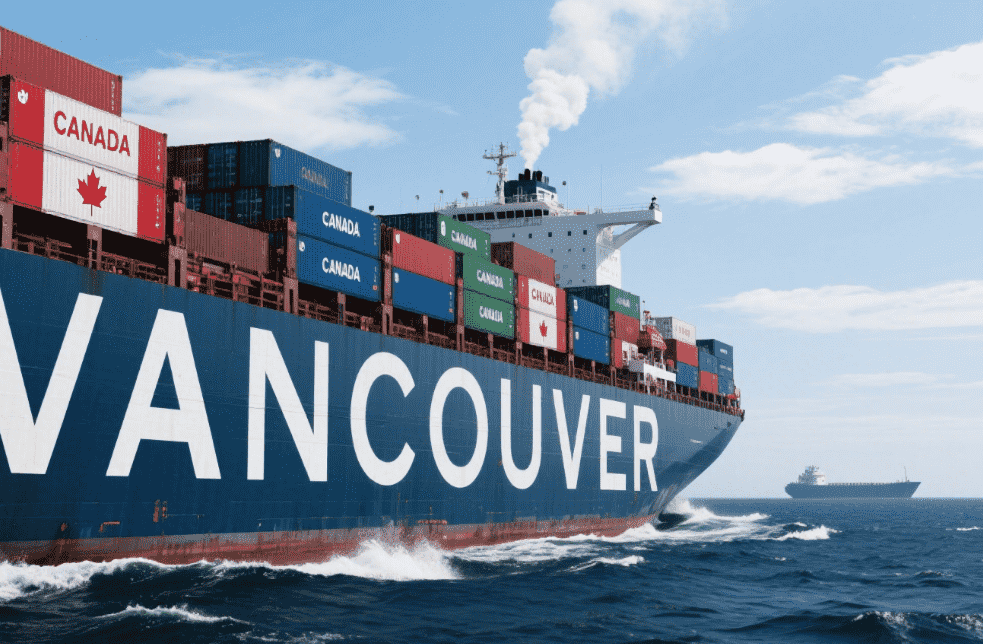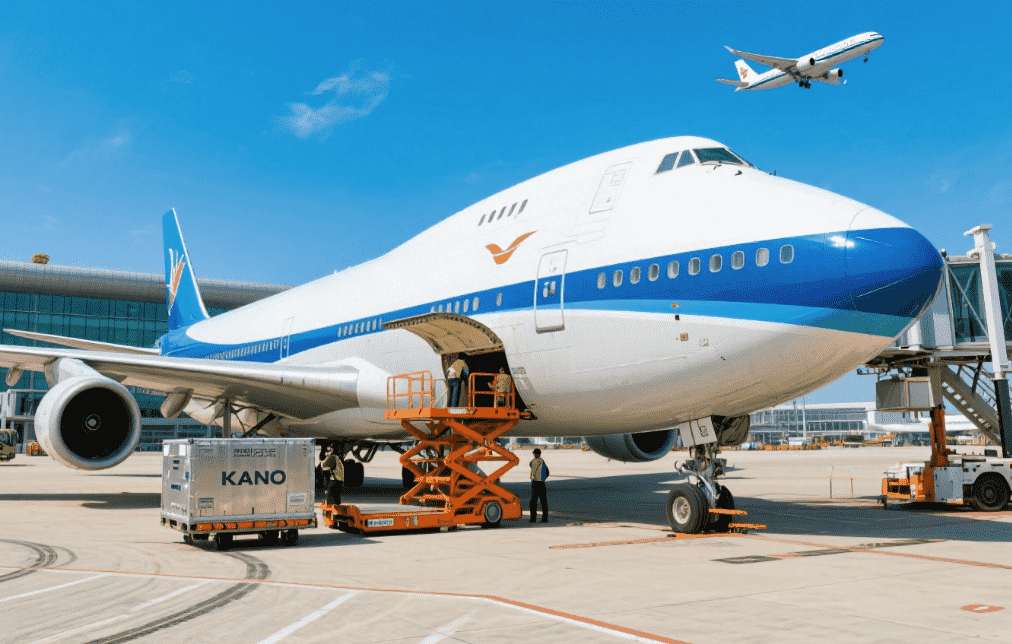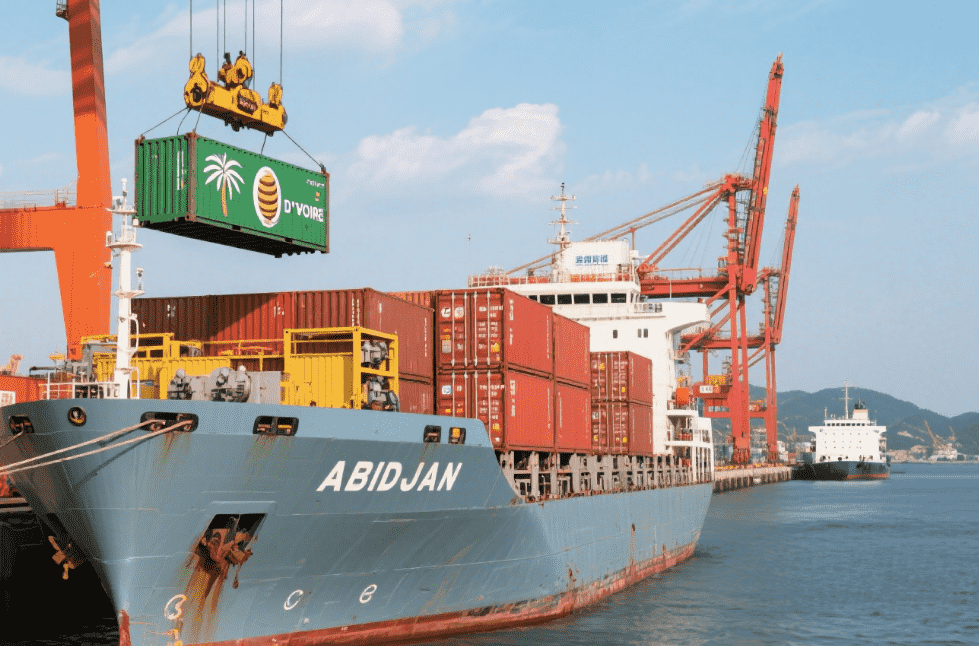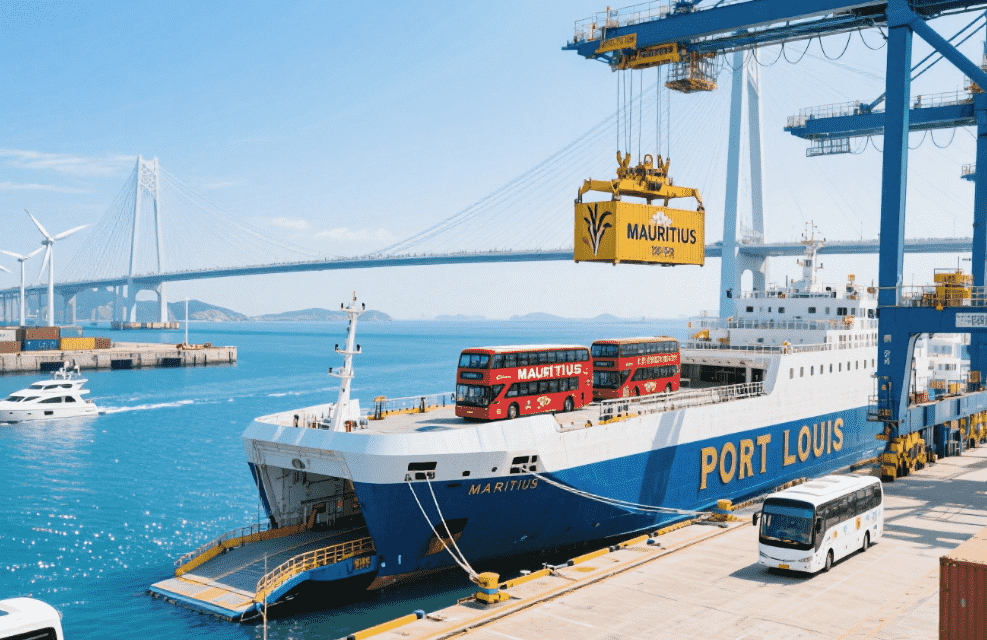
In today's interconnected global marketplace, mastering shipping economics between China and Canada has become essential for businesses pursuing supply chain optimization and improved profitability. As international commerce continues to expand, the growing need for efficient, budget-conscious logistics solutions makes professional freight partnerships increasingly valuable. This detailed examination analyzes the primary cost determinants for China-Canada shipments, evaluates available transportation alternatives, and reveals practical approaches for reducing expenses while maintaining reliable delivery schedules.
Introduction: The Importance of Efficient Logistics
The journey of goods from China to Canada spans thousands of miles, traversing oceans and continents. This complex process involves multiple stakeholders, including manufacturers, exporters, cargo agents, freight forwarders, customs authorities, and importers. Each step adds to the overall shipping cost, making it essential to have a clear understanding of the logistics landscape.
Efficient logistics solutions not only reduce costs but also enhance customer satisfaction by ensuring products arrive on time and in perfect condition. For businesses engaged in cross-border trade, selecting the right freight service and cargo agent is paramount. This guide aims to equip you with the knowledge needed to make informed decisions, thereby streamlining your shipping operations from China to Canada.
Factors Influencing Shipping Costs
Several factors contribute to the total shipping cost from China to Canada. Understanding these variables allows businesses to plan their logistics strategy effectively and anticipate potential expenses.
Distance and Mode of Transport: The distance between the origin and destination significantly impacts shipping costs. Air freight, while faster, is generally more expensive than sea freight. The choice between these modes depends on the urgency of delivery and budget constraints.
Cargo Volume and Weight: Larger and heavier shipments incur higher costs due to increased fuel consumption and handling requirements. Optimizing packaging to reduce volume and weight can lead to substantial savings.
Customs Duties and Taxes: Import duties, taxes, and other regulatory fees vary by country and product category. Accurate classification of goods and compliance with customs regulations are essential to avoid unexpected charges.
Seasonal Fluctuations: Shipping rates can fluctuate based on seasonal demand, such as peak holiday seasons or back-to-school periods. Planning shipments during off-peak times can help reduce costs.
Exchange Rates: Currency exchange rates between the Chinese yuan and the Canadian dollar influence the final cost of goods and shipping services. Monitoring exchange rates allows businesses to time their purchases and shipments strategically.
Freight Options: Sea, Air, and Land
When shipping from China to Canada, businesses have several freight options to choose from, each with its advantages and disadvantages.
Sea Freight: Sea freight is the most cost-effective option for large, bulky shipments that are not time-sensitive. It involves transporting goods in containers aboard cargo ships. While slower than air freight, sea freight offers significant savings, especially for long-distance shipments.
- Full Container Load (FCL): Ideal for large shipments that fill an entire container, FCL provides exclusive use of the container, reducing the risk of damage and contamination.
- Less than Container Load (LCL): Suitable for smaller shipments that do not require a full container, LCL allows multiple shippers to share container space, thereby reducing costs.
Air Freight: Air freight is the fastest mode of transport, making it ideal for time-sensitive shipments. However, it is also the most expensive option, typically reserved for high-value or perishable goods.
- Express Air Freight: Offers the quickest delivery times, often within a few days, but comes at a premium price.
- Standard Air Freight: Provides a balance between speed and cost, suitable for shipments that require faster delivery than sea freight but are not urgent enough for express services.
Land Freight: While less common for shipments from China to Canada, land freight can be a viable option for certain routes, particularly those involving overland transport through Russia or the United States. Land freight is generally slower than air freight but can be more cost-effective than sea freight for certain destinations.

The Role of Cargo Agents and Freight Services
Navigating the complexities of international shipping requires expertise and experience. This is where cargo agents and freight service providers come into play. These professionals specialize in managing the logistics of transporting goods from one country to another, ensuring a seamless and efficient process.
Cargo Agents: Cargo agents act as intermediaries between shippers and carriers, handling various aspects of the shipping process, including documentation, customs clearance, and cargo tracking. They possess in-depth knowledge of shipping regulations and procedures, enabling them to navigate potential challenges and ensure compliance.
Freight Services: Freight service providers offer a range of logistics solutions tailored to the specific needs of businesses. From arranging transportation and handling customs formalities to providing warehousing and distribution services, freight forwarders play a crucial role in streamlining the supply chain.
When selecting a cargo agent or freight service provider, consider factors such as experience, reputation, network coverage, and customer service. A reliable partner can significantly reduce shipping costs and enhance operational efficiency.
Strategies to Minimize Shipping Costs
While shipping costs are influenced by various external factors, businesses can adopt several strategies to minimize expenses and optimize their logistics operations.
Consolidate Shipments: Combining multiple smaller shipments into a single larger shipment can reduce costs by maximizing container utilization and minimizing handling fees.
Optimize Packaging: Efficient packaging reduces the volume and weight of shipments, leading to lower freight charges. Use lightweight, durable materials and consider space-saving designs to minimize wasted space.
Negotiate Rates: Building strong relationships with cargo agents and freight service providers can lead to better rates and favorable terms. Regularly review and renegotiate contracts to ensure you are getting the best value for your money.
Leverage Technology: Utilize logistics management software to track shipments, monitor costs, and identify areas for improvement. Automation and real-time data analytics can enhance visibility and control over the shipping process.
Stay Informed: Keep abreast of industry trends, regulatory changes, and market fluctuations that may impact shipping costs. Proactive planning and adaptability are key to managing expenses effectively.
Case Study: Successful Logistics Management
To illustrate the impact of effective logistics management, consider the case of a Canadian retailer importing goods from China. By partnering with a reputable cargo agent and adopting a multi-modal freight strategy, the retailer was able to reduce shipping costs by 20% while maintaining delivery times.
The cargo agent recommended a combination of sea freight for bulk shipments and air freight for urgent orders, optimizing the balance between cost and speed. Additionally, the retailer implemented efficient packaging practices and consolidated shipments to maximize container utilization. These measures, coupled with regular rate negotiations and leveraging technology for real-time tracking, resulted in significant cost savings and improved operational efficiency.
Conclusion: Navigating the Future of Logistics
In conclusion, understanding and managing shipping costs from China to Canada requires a comprehensive approach that considers various factors influencing expenses. By selecting the right freight options, partnering with experienced cargo agents and freight service providers, and adopting cost-saving strategies, businesses can optimize their logistics operations and enhance competitiveness in the global market.
As the world continues to evolve, so too will the logistics landscape. Staying informed about emerging trends, technological advancements, and regulatory changes will be crucial for businesses seeking to navigate the future of logistics successfully. With the right logistics solutions and a proactive mindset, the journey from China to Canada can be a seamless and cost-effective endeavor, driving growth and prosperity for businesses worldwide.
By implementing the insights and strategies outlined in this guide, you can take control of your shipping costs and unlock new opportunities for success in the international trade arena. Remember, efficient logistics is not just about moving goods; it's about creating value, building relationships, and driving sustainable growth.
-
 Guide To Shipping Cost From China To CanadaAug 20,2025
Guide To Shipping Cost From China To CanadaAug 20,2025 -
 Shipping Cost from China to MontrealAug 19,2025
Shipping Cost from China to MontrealAug 19,2025 -
 Shipping Cost from China to GhanaAug 18,2025
Shipping Cost from China to GhanaAug 18,2025 -
 Shipping Cost from China to NigeriaAug 15,2025
Shipping Cost from China to NigeriaAug 15,2025 -
 Shipping Cost from China to Côte d'IvoireAug 14,2025
Shipping Cost from China to Côte d'IvoireAug 14,2025 -
 Shipping Cost from China to MauritiusAug 13,2025
Shipping Cost from China to MauritiusAug 13,2025

